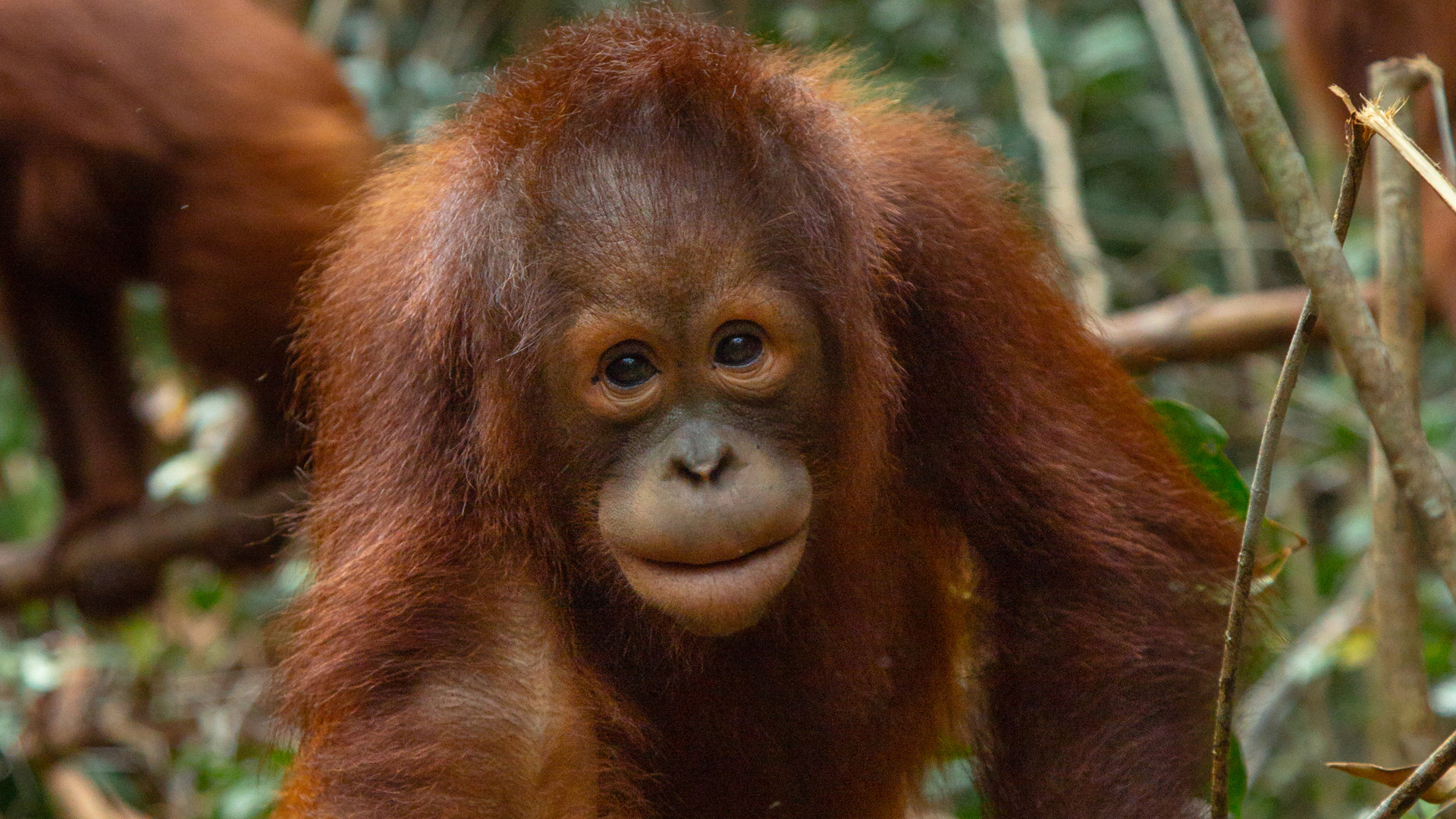A discovery that for 200 years remained a puzzle, has finally been resolved through new research led by the Natural History Museum, the American Museum of Natural History, and the University of New York. This "puzzle" involved the strange group of South America's native ungulates (hooved mammals) that Charles Darwin referred to as "the strangest animals ever discovered." Originally, it was thought by some taxonomists that these animals were related to elephants and other species with ancient evolutionary ties to Africa. As it turns out, these animals--which disappeared 10,000 years ago--are actually related to mammals like horses.

This discovery was based on fossil protein sequencing, rather than DNA sequencing. Because DNA molecules deteriorate in warm, wet conditions, which is the climate in South America, scientists turned to investigate proteins instead. They did so by analyzing the collagen of these mammals. Collagen, which is a structural protein found in all animal bones, can survive for over millions of years in a wide range of conditions. Because specific coding sequences found in the organism's DNA control the chemical structure of the amino acids that make up these proteins, scientists have used this relationship between proteins and DNA to compare how closely related these animals are to other species. In other words, the amino acid composition in different species can be compared with that of the ungulates in order to understand how closely related the different species are.
The scientists involved in this research used proteomic analysis to screen 48 fossils of two species--
Toxodon platensis and
Macrauchenia patachonica--of which were the same species that Darwin discovered 180 years ago in Uruguay and Argentina (their remains only). They were able to acquire 90 percent of the collagen sequence for both species, and showed that their closest relatives were the perissodactyls--this is the group that includes horses, rhinos, and tapirs, which makes them a part of Laurasiatheria. What is very interesting about this resolved discovery is that the ancestors of these South American ungulates must have originated from North America more than 60 million years ago. This would have been around the time during the mass extinction, which killed off non-avian dinosaurs and other vertebrates.
Original article:
click here.
Related article before the discovery:
click here.
